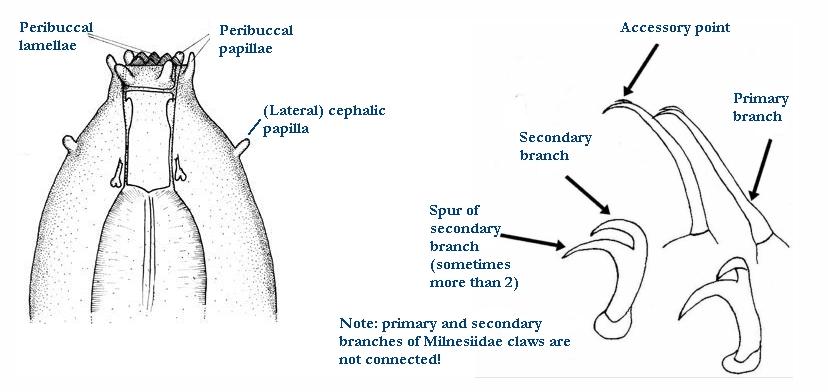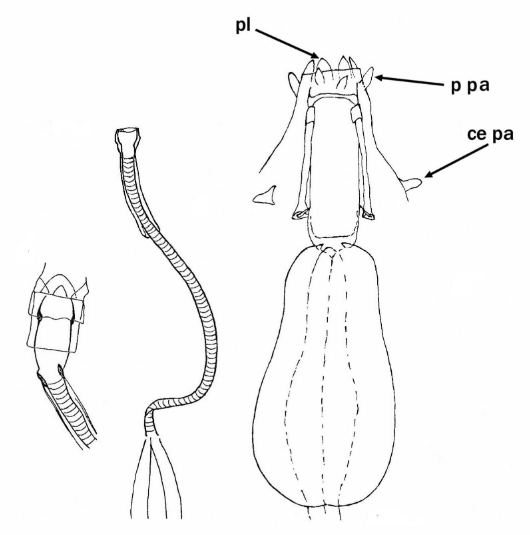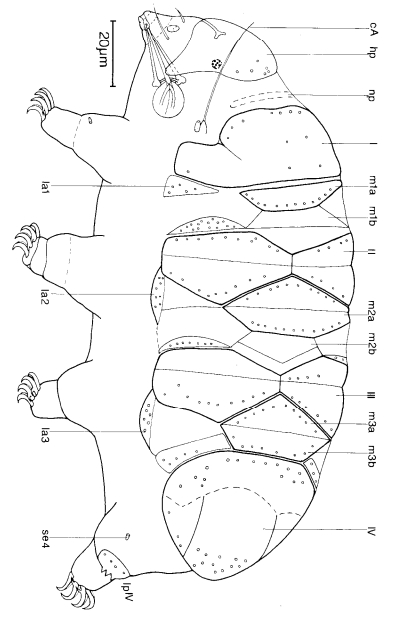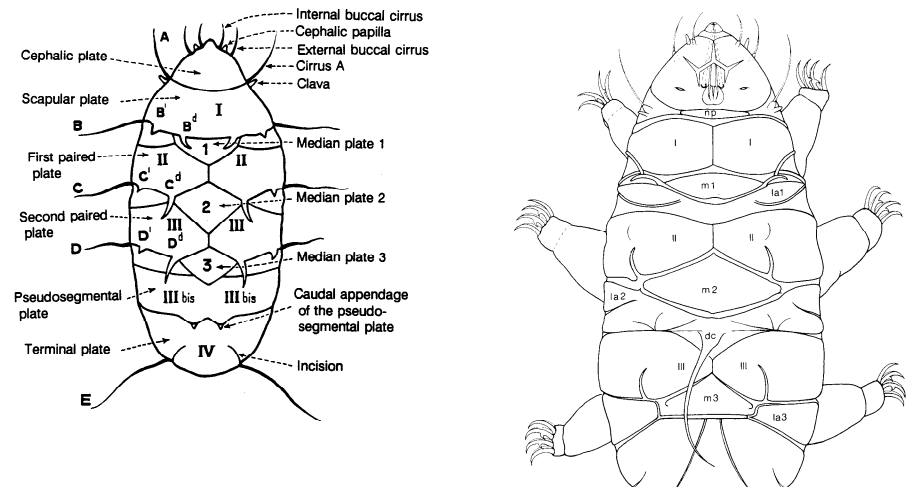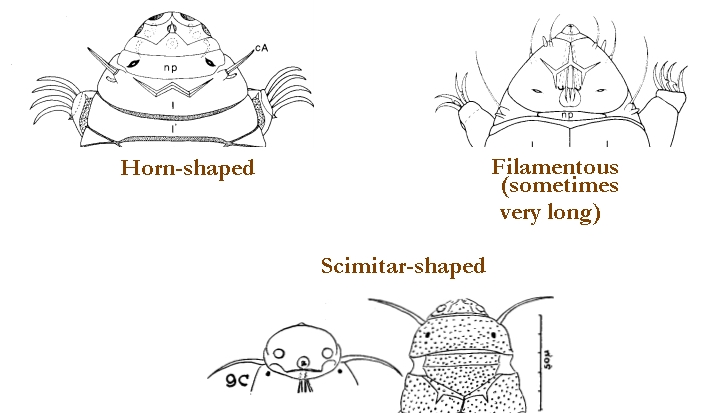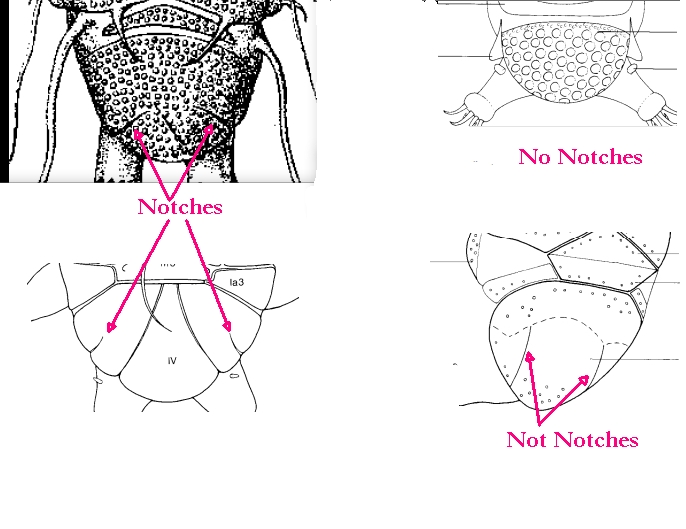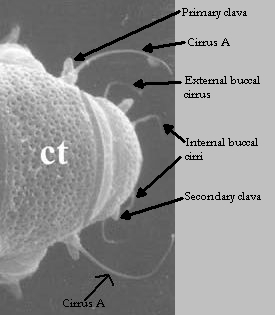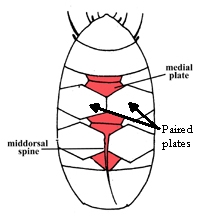Formerly Pilatobiinae from Bertolani et al. 2014: “Buccal tube followed by an annulated pharyngeal tube, with a drop-like thickening between them; pharyngeal bulb roundish or slightly oval, always containing 2 macroplacoids similar in length and in rows that look as parentheses, and a septulum.”
The subfamily Pilatobiinae no longer exists, as it was promoted to the family Pilatobiidae (Tumanov & Tsvetkova 2023): “Evidently, none of the large phylogenetic clades of Hypsibiidae can currently receive a comprehensive morphological diagnosis, moreover it is not possible to give a morphological diagnosis for the family Hypsibiidae itself, as there are no characters or sets of characters that can be considered as characterising exclusively this group. […] In this situation, molecular phylogenetic analysis provides the only reliable basis for the modern taxonomy of the Hypsibioidea clade. We propose that instead of adhering to the current megadiverse family Hypsibiidae (whose monophyly is poorly supported in our analysis), each of the large well-supported subclades should be elevated to family rank. Thus, the clades Pilatobiinae and Itaquasconinae form the families Pilatobiidae Bertolani et al., 2014, status promotus, and Itaquasconidae Bartoš in Rudescu, 1964, status promotus.”
Citations:
Bertolani R, Guidetti R, Marchioro T, Altiero T, Rebecchi L, Cesari M. 2014. Phyloeny of Eutardigrada: New molecular data and their morphological support lead to the identification of new evolutionary lineages. Molecular Phylogenetics and Evolution. 76: 110-126.
Tumanov DV, Tsvetkova AY. 2023. Some have drops and some do not, but can we rely on that? Re-investigation of Diphascon tenue (Tardigrada: Eutardigrada) with discussion of the phylogeny and taxonomy of the superfamily Hypsibioidea. Zoosystematica Rossica. 32 (1): 50–74. DOI 10.31610/zsr/2023.32.1.50





